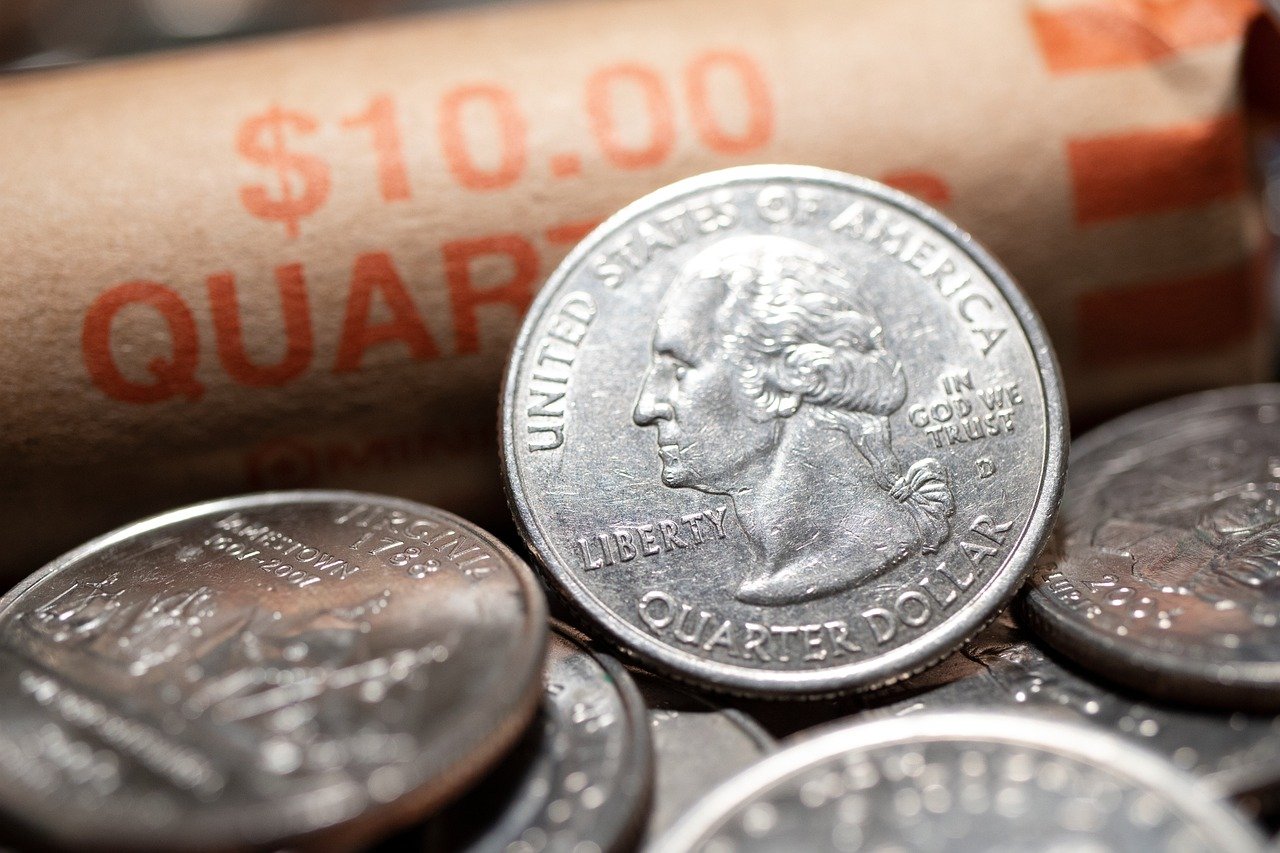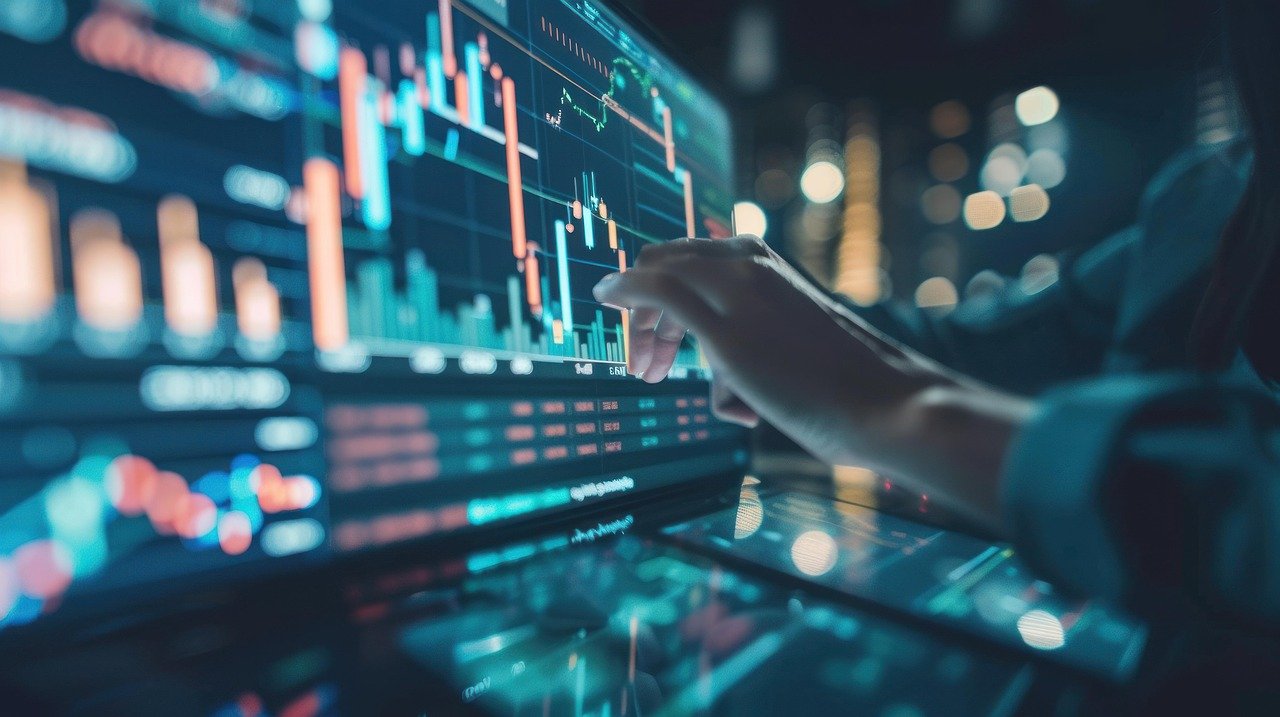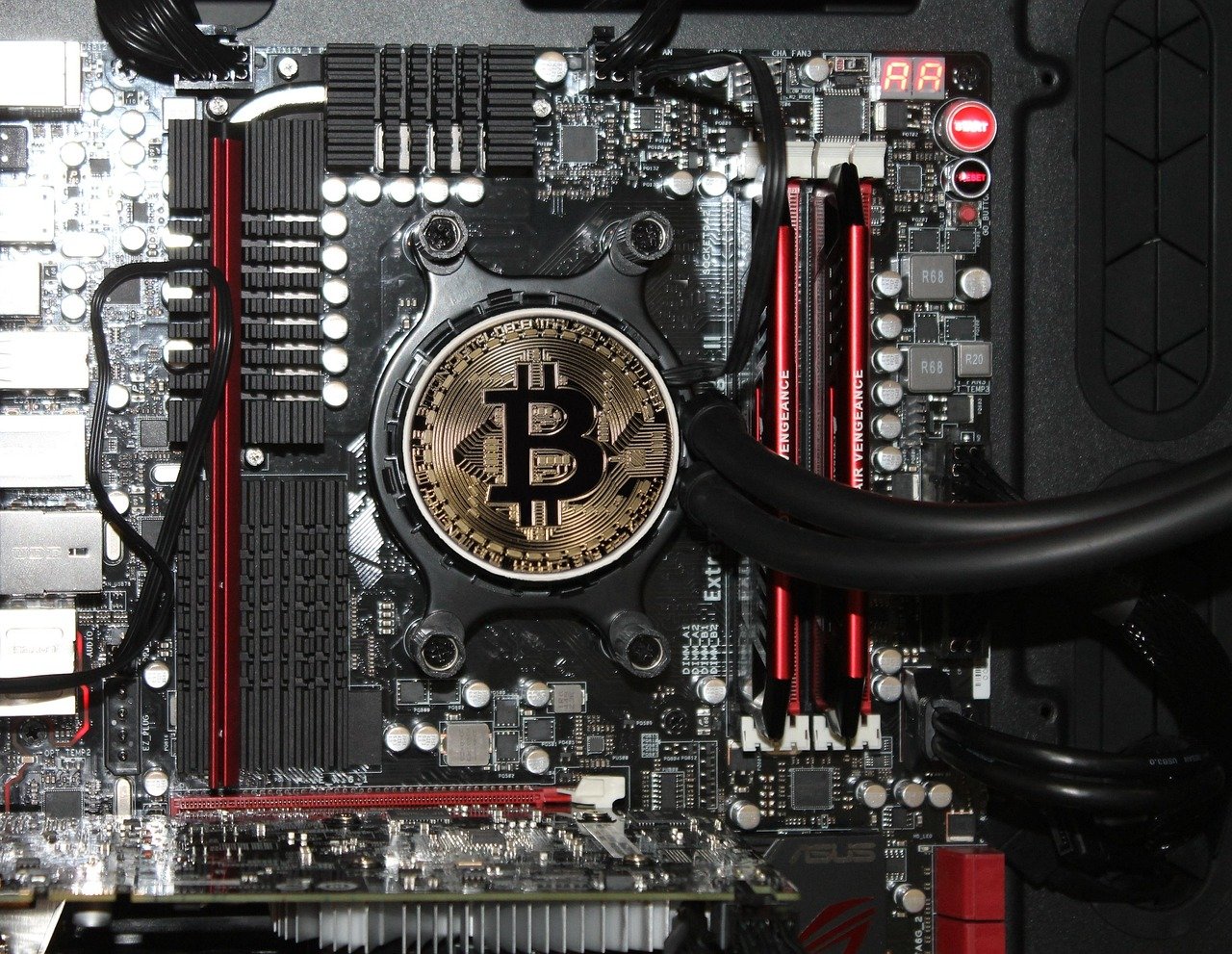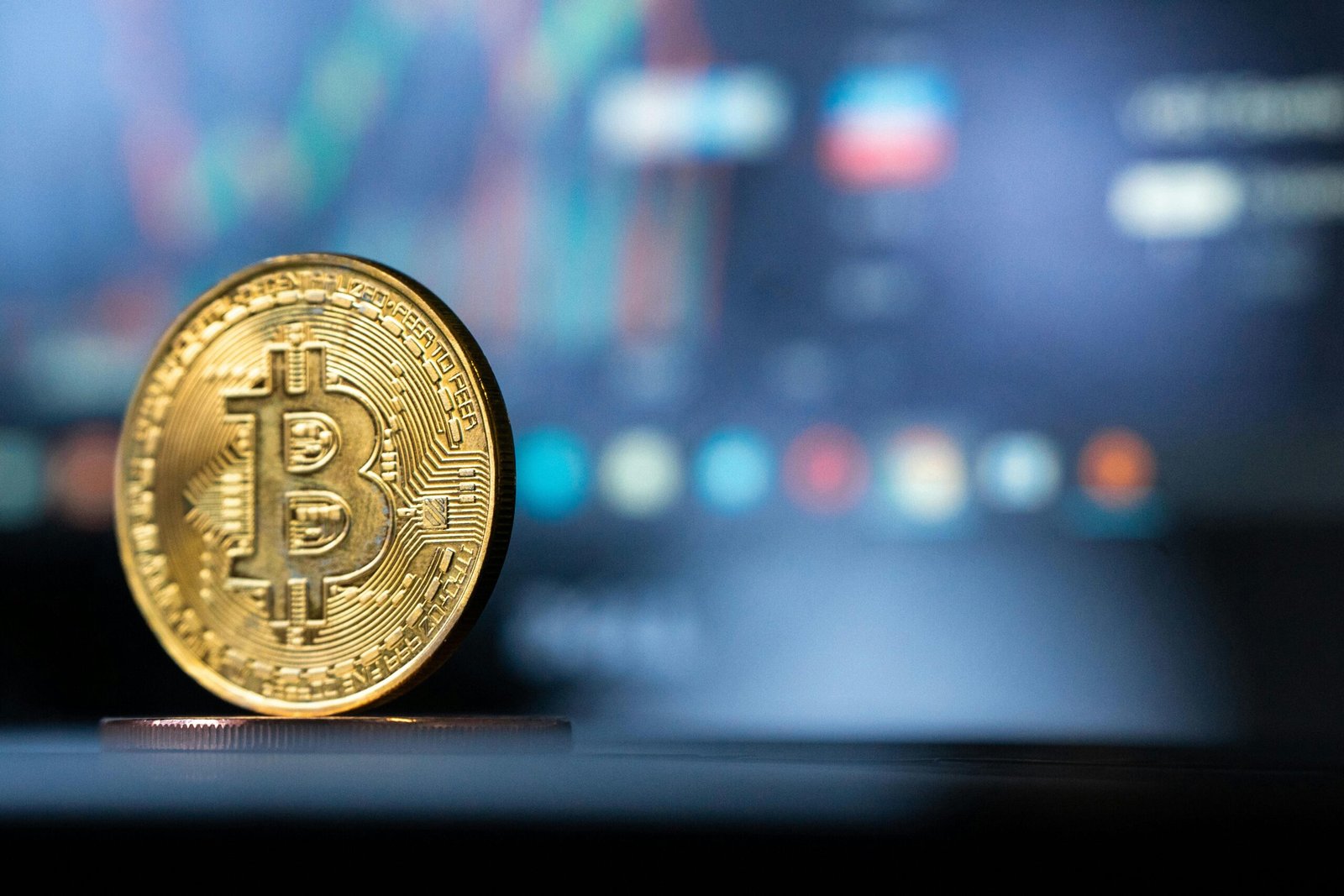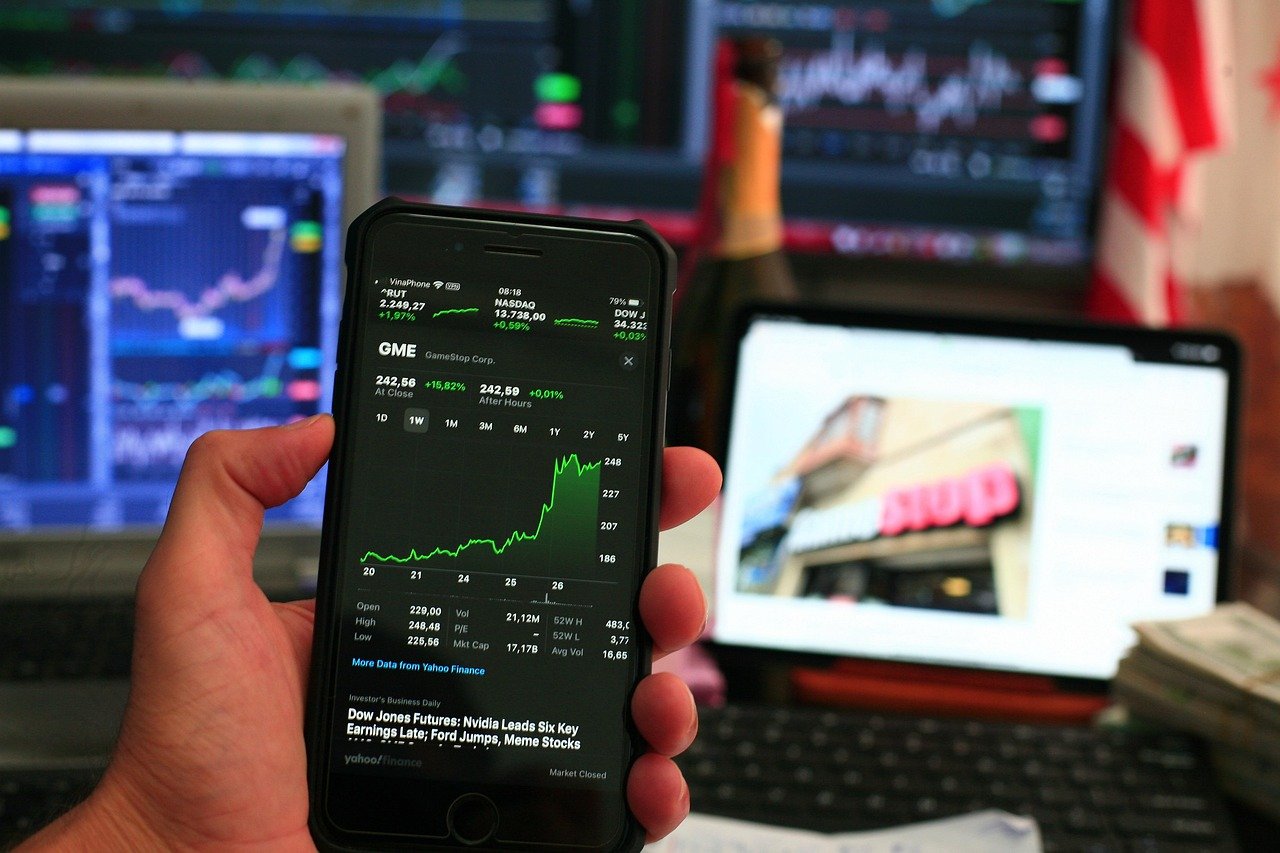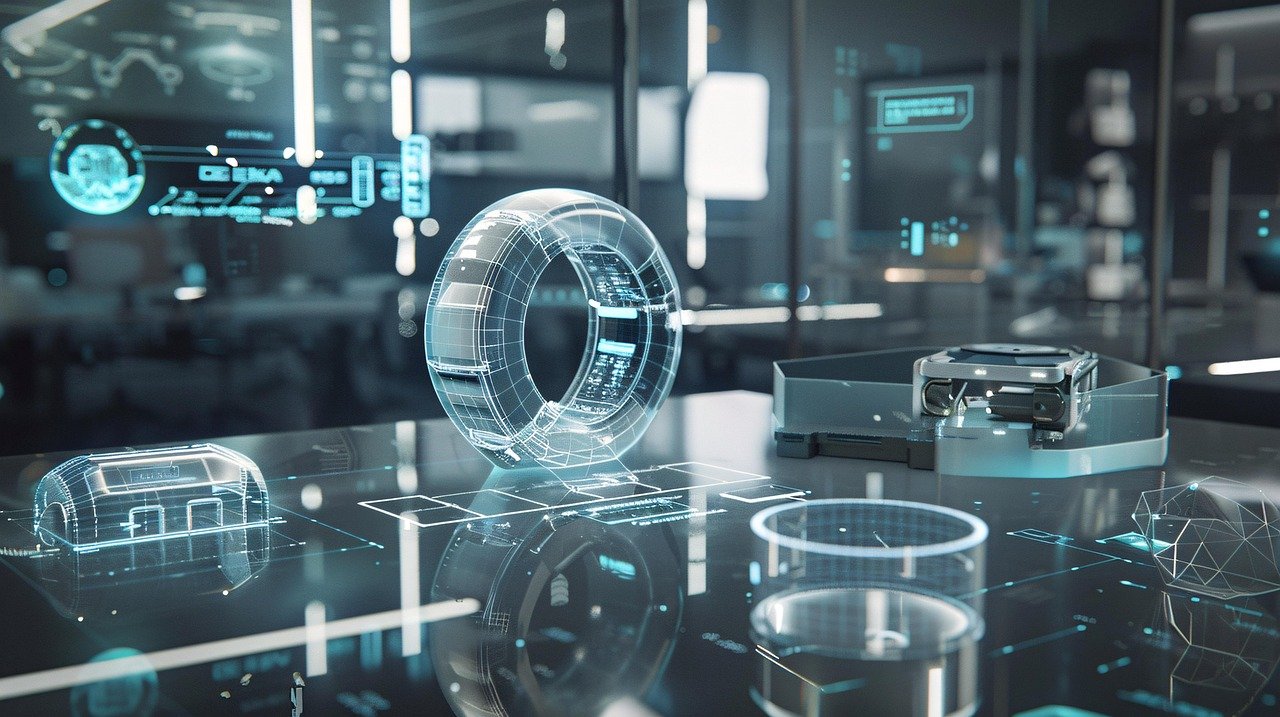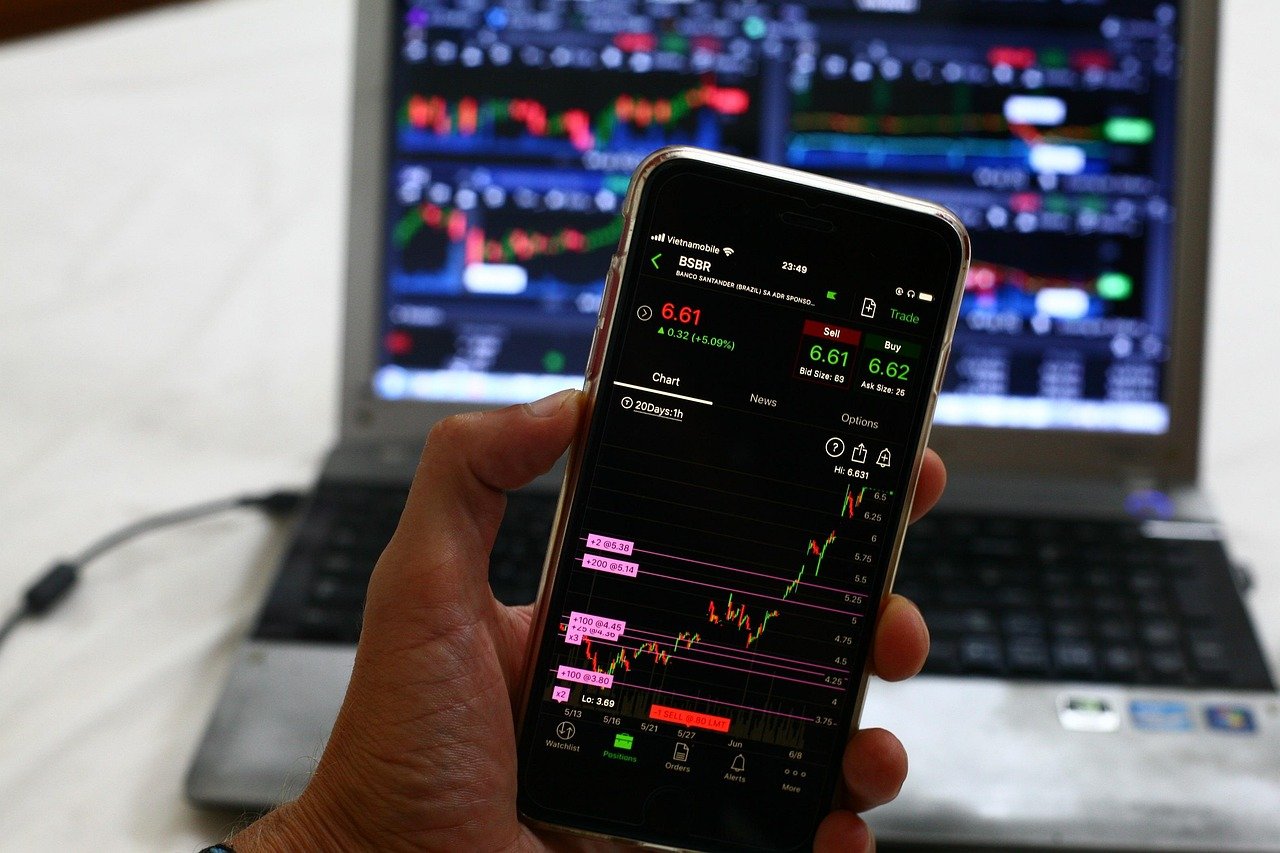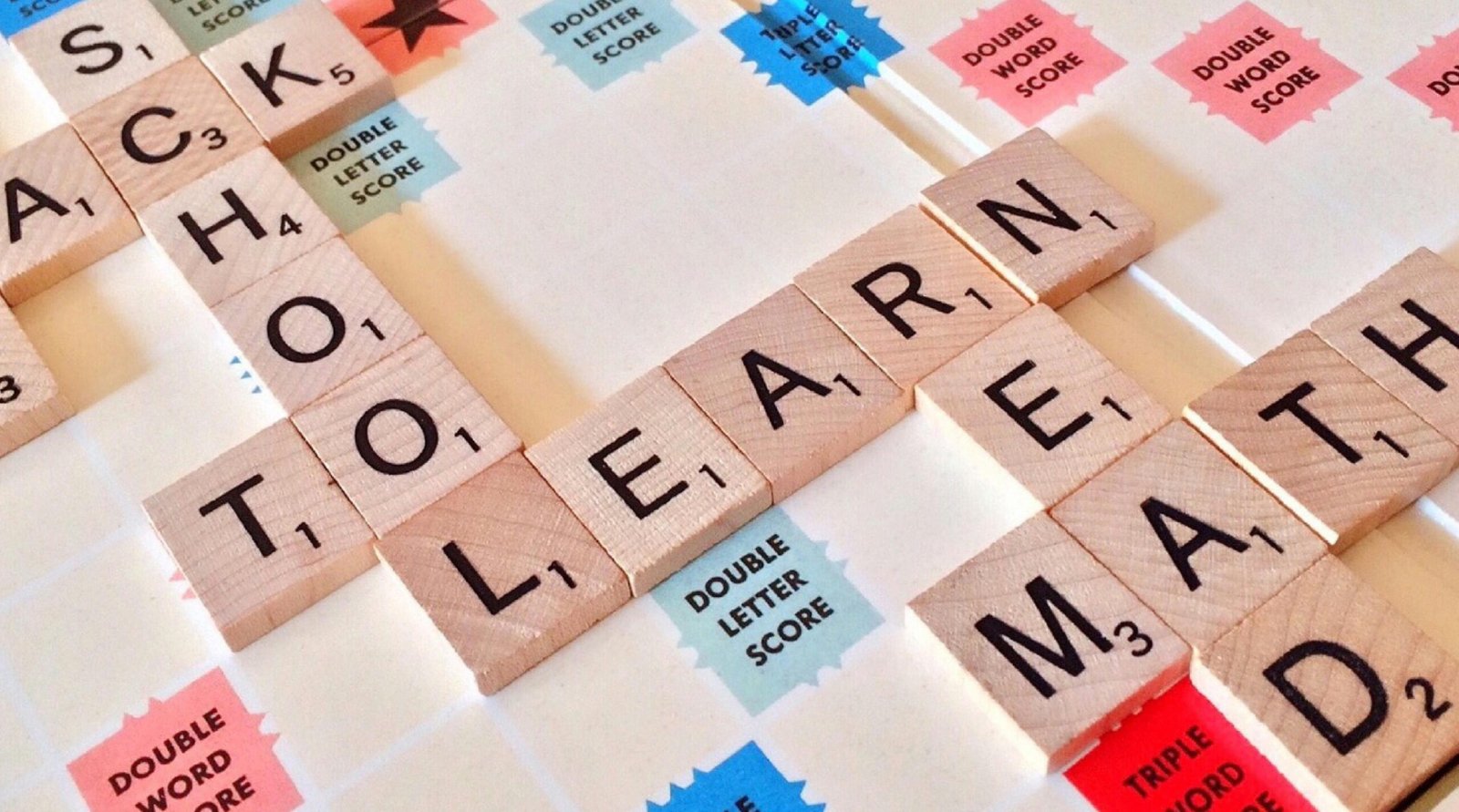Coin collecting has long captured the imagination of history lovers, investors, and casual hobbyists. Among the most iconic modern U.S. coins is the 1976 issue celebrating America’s 200th anniversary. While hundreds of millions were minted, certain versions have become rare and valuable. These coins not only honor the nation’s bicentennial but also stand out as prized collectibles due to their design, special varieties, and historical significance.
History Behind Rare Bicentennial Quarters:
To commemorate 200 years of independence, Congress approved special coinage in 1976. The quarter-dollar received a new reverse design featuring a colonial drummer and a victory torch surrounded by thirteen stars.
Unlike other coins, the date was inscribed as “1776–1976” instead of a single year. Both copper-nickel clad and silver-clad versions were issued, with Philadelphia, Denver, and San Francisco mints producing circulation strikes, proof coins, and collector sets.
Although most remain common in circulation, several types stand out as valuable treasures.
Why Rare Bicentennial Quarters Are Collectible:
Several features separate ordinary pieces from collectible examples:
- Minting variations: Special Mint Sets (SMS) and silver-clad issues.
- Proof coins: Struck with polished dies, offering mirror-like surfaces.
- Error coins: Double strikes, off-center designs, or unusual die characteristics.
- Condition and grade: Mint State (MS) coins, especially MS-67 and above, carry premium value.
These factors create rarity within a series that was otherwise mass-produced.
Varieties of Rare Bicentennial Quarters:
Silver-Clad Issues
Produced by the San Francisco Mint, these coins contain 40% silver. They were packaged in proof and uncirculated collector sets, with pristine examples being the most sought after.
Error Coins
Misstrikes and doubled dies are especially popular among collectors. Unique production mistakes can command hundreds or even thousands of dollars at auction.
Proof Strikes
Proof coins from San Francisco were made for collectors with highly polished dies. Deep Cameo examples, with strong contrast between frosted devices and mirror fields, are the most valuable.
High-Grade Circulation Strikes
While millions of clad coins were minted in Philadelphia and Denver, those preserved in flawless, uncirculated condition are rare. Top-graded examples are prized by registry collectors.
Identifying Valuable Rare Bicentennial Quarters:
To determine if a coin has collector value, examine the following:
- Mint mark – Look for “D” (Denver), “S” (San Francisco), or no mintmark (Philadelphia).
- Composition – Identify whether the coin is copper-nickel clad or 40% silver.
- Strike quality – Sharp, detailed designs are more valuable.
- Condition and grade – MS-67 or higher coins often fetch impressive premiums.
- Errors and anomalies – Off-center strikes or doubled designs can be highly valuable.
Professional grading by services like PCGS or NGC ensures accurate authentication and helps determine market value.
Market Value of Rare Bicentennial Quarters:
Prices vary widely depending on condition and type:
- Circulated clad coins: face value to $3.
- Uncirculated clad examples: $10–$50 depending on grade.
- Silver-clad proofs: $50–$300 in top grades.
- Error coins: $100–$5,000 depending on rarity.
- High-grade registry pieces: occasionally over $1,000 at auction.
For instance, some silver-clad MS-67 examples have crossed the $1,000 threshold, while unusual error coins can climb even higher.
Collecting Strategies for Rare Bicentennial Quarters:
If you want to start or grow a collection, here are smart strategies:
- Check pocket change: You may still find circulation issues today.
- Seek high-grade coins: Focus on pieces with sharp details and minimal wear.
- Buy proof and mint sets: They often contain the best-preserved examples.
- Hunt for errors: Error coins are unique and highly collectible.
- Use grading services: Certification ensures authenticity and protects your investment.
Preserving Rare Bicentennial Quarters:
Proper storage protects coins and their long-term value:
- Store coins in airtight capsules or certified slabs.
- Avoid PVC holders, which can damage surfaces.
- Keep in a dry, temperature-controlled space.
- Handle coins by the edges to prevent fingerprints.
Good preservation safeguards not only condition but also marketability for future resale.
Rare Bicentennial Quarters in American Culture:
These coins aren’t just collectibles—they’re pieces of national history. Many Americans remember first spotting the drummer boy design in their change during the 1970s. Today, that same design serves as a nostalgic reminder of the bicentennial celebration, adding emotional value beyond dollars.
Future Outlook for Rare Bicentennial Quarters:
As numismatic interest grows, well-preserved coins, especially silver issues and error varieties, are expected to increase in value. Registry competition among advanced collectors also fuels demand for top-graded examples. While common circulation strikes may remain inexpensive, rare types hold solid long-term investment potential.
FAQs About Rare Bicentennial Quarters:
1. What makes rare Bicentennial quarters valuable?
Silver content, proof quality, mint errors, and high grades make certain coins more valuable.
2. How do I know if my Bicentennial quarter is silver?
Check the edge: silver versions show a consistent silver color, while clad coins display a copper core.
3. Are all Bicentennial quarters worth more than face value?
No, most circulation strikes are common, but certain varieties and grades command higher prices.
4. Where were Bicentennial quarters minted?
Philadelphia, Denver, and San Francisco mints all struck these coins, with San Francisco handling proof and silver issues.
5. What’s the highest value achieved by a Bicentennial quarter?
Exceptional error coins and high-grade silver proofs have sold for thousands of dollars at auction.
6. Should I get my Bicentennial quarter graded?
Yes, grading adds credibility, helps determine value, and protects the coin.
7. Are Bicentennial quarters still found in circulation?
Yes, but most are worn. Collectors seek uncirculated or special varieties.
Conclusion:
The 1976 quarter is more than just pocket change—it is a symbol of American heritage and artistry. While millions were produced, rare examples with special characteristics remain highly sought after by collectors. From silver proofs to mint errors and high-grade circulation strikes, these coins offer both historical significance and long-term value potential.
Whether you’re just beginning your collecting journey or seeking investment-worthy pieces, exploring these coins can connect you to a unique chapter in U.S. history. Now may be the perfect time to examine your collection—or your spare change—for one of these fascinating treasures.
